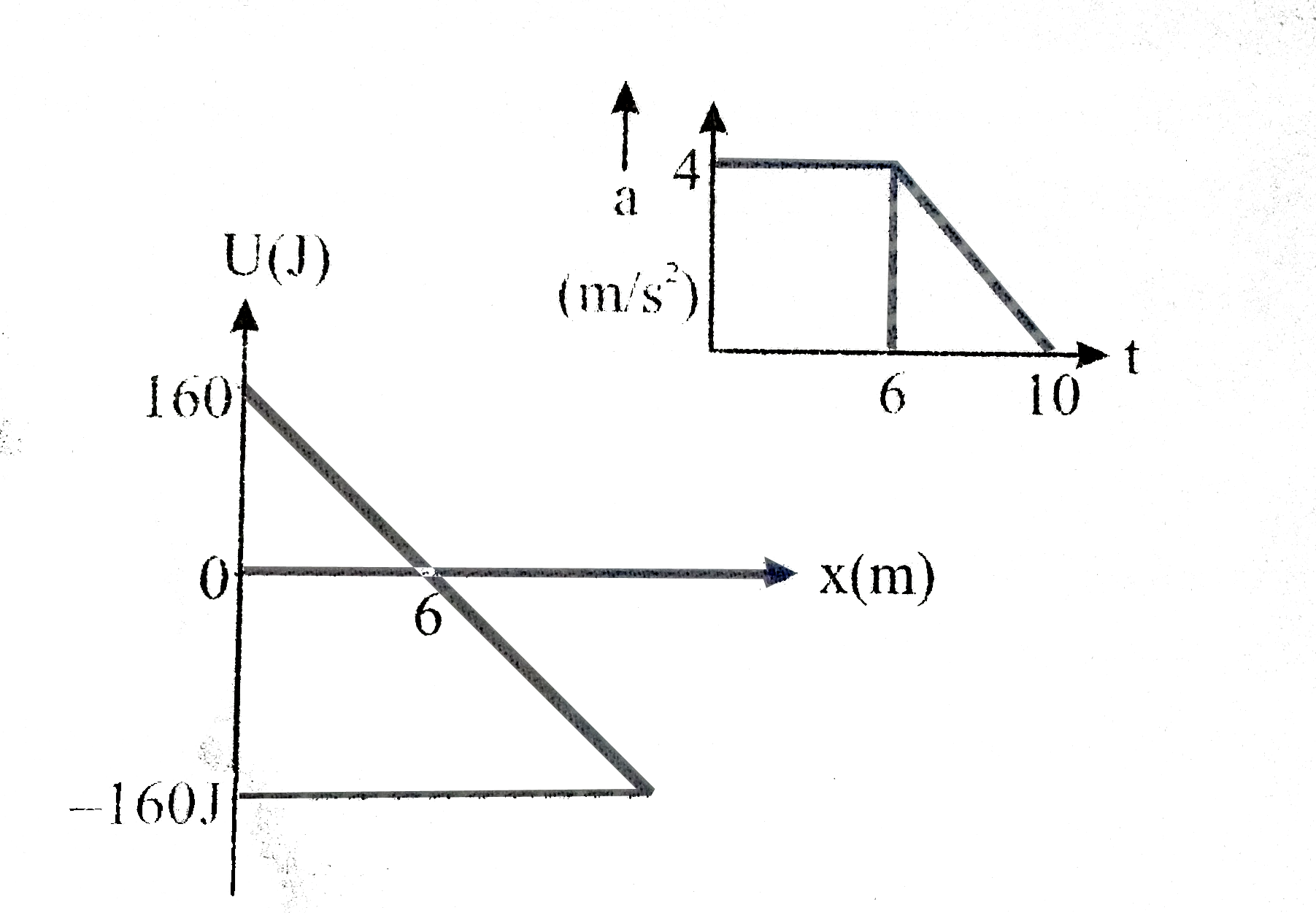The area of the acceleration-displacement curve of a body gives
impulse
change in momentum per unit mass
change in KE per unit mass
total change is energy
The correct Answer is:C
To solve the question regarding the area of the acceleration-displacement curve of a body, we will follow these steps:
Step 1: Understand the Variables
- The x-axis represents displacement (s).
- The y-axis represents acceleration (a).
Step 2: Define the Area Under the Curve
- The area under the acceleration-displacement curve can be represented as the integral of acceleration with respect to displacement.
Step 3: Set Up the Integral
- The small elemental area (dA) can be expressed as:
dA=a⋅ds
- To find the total area, we need to integrate this from an initial displacement s1 to a final displacement s2:
A=∫s2s1ads
Step 4: Relate Acceleration to Velocity
- Recall that acceleration a is the rate of change of velocity v:
a=dvdt
- We can express ds in terms of v:
ds=vdt
- Thus, we can rewrite the integral as:
A=∫v2v1vdv
Step 5: Perform the Integration
- The integral of v with respect to v is:
A=12v2∣∣∣v2v1=12(v22−v21)
Step 6: Relate to Kinetic Energy
- The change in kinetic energy (ΔK) is given by:
ΔK=12mv22−12mv21
- Therefore, the area under the curve can be expressed as:
A=12mΔK
Step 7: Conclusion
- The area under the acceleration-displacement curve represents the change in kinetic energy per unit mass:
Area under the curve=Change in kinetic energy per unit mass
Final Answer
The area of the acceleration-displacement curve of a body gives the change in kinetic energy per unit mass.
---
- The x-axis represents displacement (s).
- The y-axis represents acceleration (a).
- The area under the acceleration-displacement curve can be represented as the integral of acceleration with respect to displacement.
- The small elemental area (dA) can be expressed as:
dA=a⋅ds
- To find the total area, we need to integrate this from an initial displacement s1 to a final displacement s2:
A=∫s2s1ads
- Recall that acceleration a is the rate of change of velocity v:
a=dvdt
- We can express ds in terms of v:
ds=vdt
- Thus, we can rewrite the integral as:
A=∫v2v1vdv
- The integral of v with respect to v is:
A=12v2∣∣∣v2v1=12(v22−v21)
- The change in kinetic energy (ΔK) is given by:
ΔK=12mv22−12mv21
- Therefore, the area under the curve can be expressed as:
A=12mΔK
- The area under the acceleration-displacement curve represents the change in kinetic energy per unit mass:
Area under the curve=Change in kinetic energy per unit mass
The area of the acceleration-displacement curve of a body gives the change in kinetic energy per unit mass.
Similar Questions
Knowledge Check
- Question 1 - Select One
The area under force-displacement curve represents
AvelocityBaccelerationCimpulseDwork done - Question 2 - Select One
The area under the acceleration-time (a-t) graph gives
AAccelerationBDisplacementCVelocityDChange in velocity - Question 3 - Select One or More
If a body is accelerating:
Ait may speed upBit may speed downCit may move with same velocityDit may move with same speed
The area under acceleration-time graph gives
View SolutionThe vanat10n of acceleration (a) and displacement (x) of the particle executing S.H.M. is indicated by which of the following curves?
View SolutionA particle of mass 1kg is moving X-axis. Its velocity is 6m/s at x=0. Acceleration-displacement curve and potential energy-dispalcement curve of the particle are shown :
 .View Solution
.View SolutionThe slope of kinetic energy displacement curve of a particle in motion is
View SolutionThe slope of kinetic energy displacement curve of a particle in motion is
View Solution

